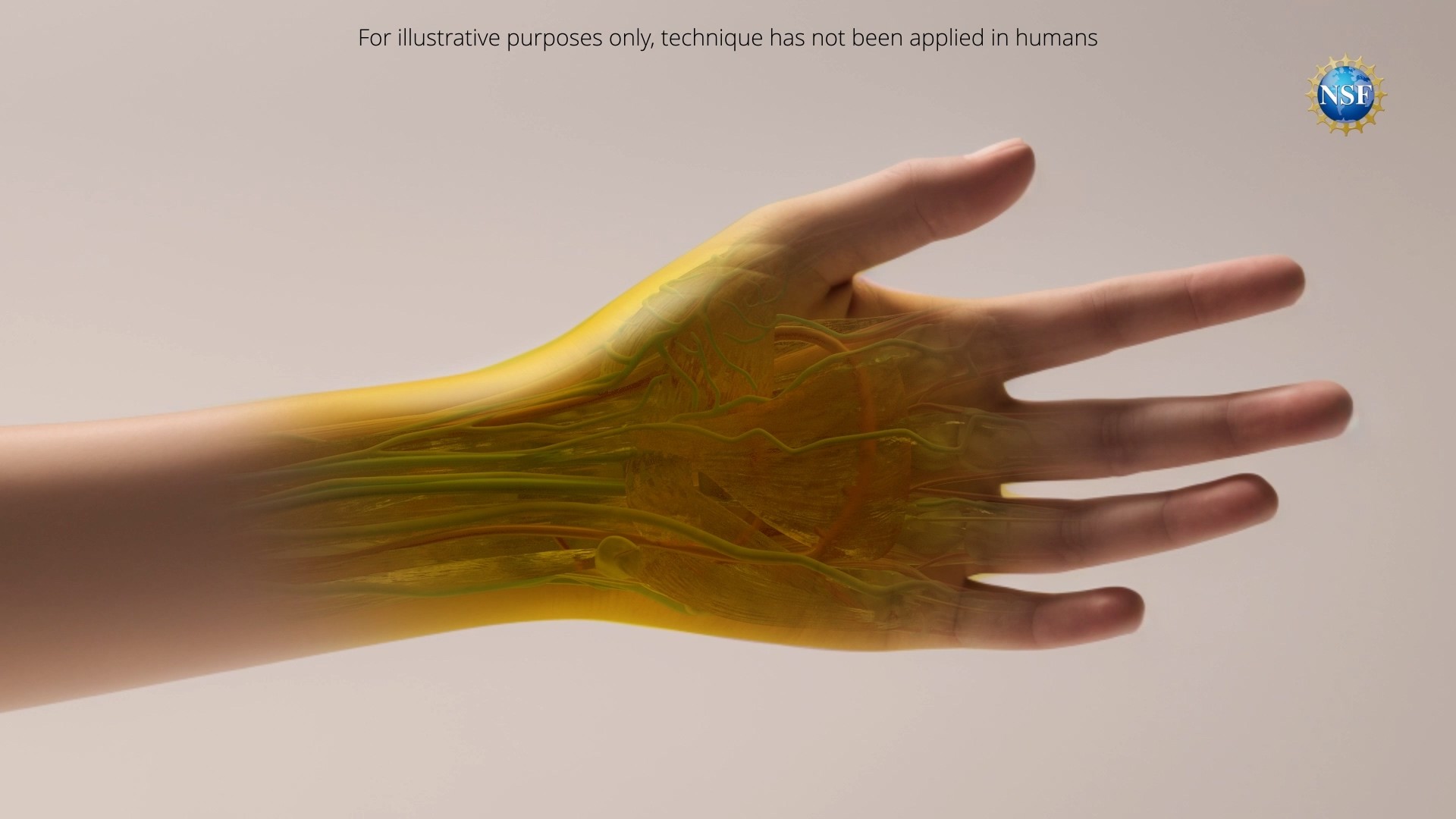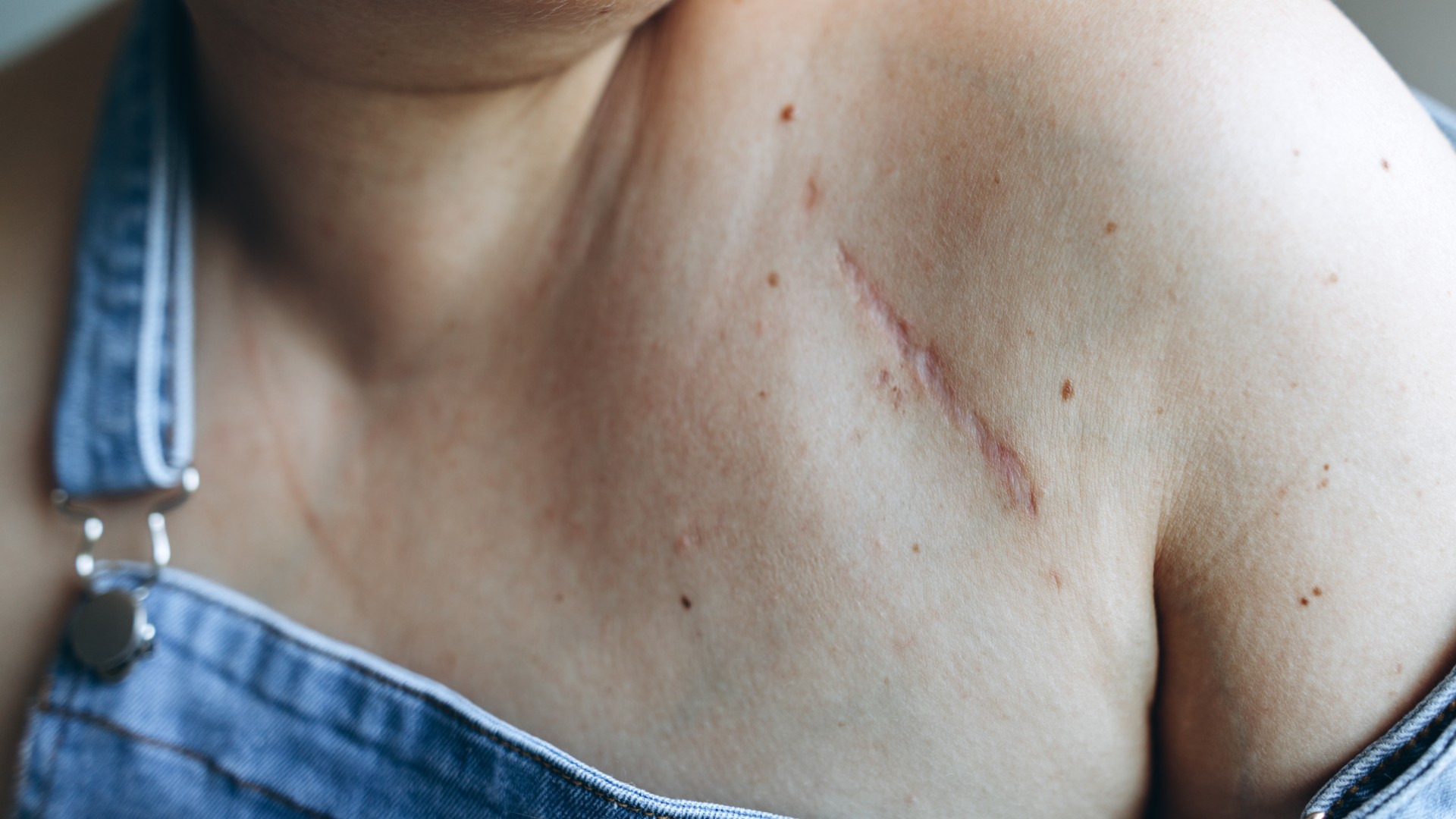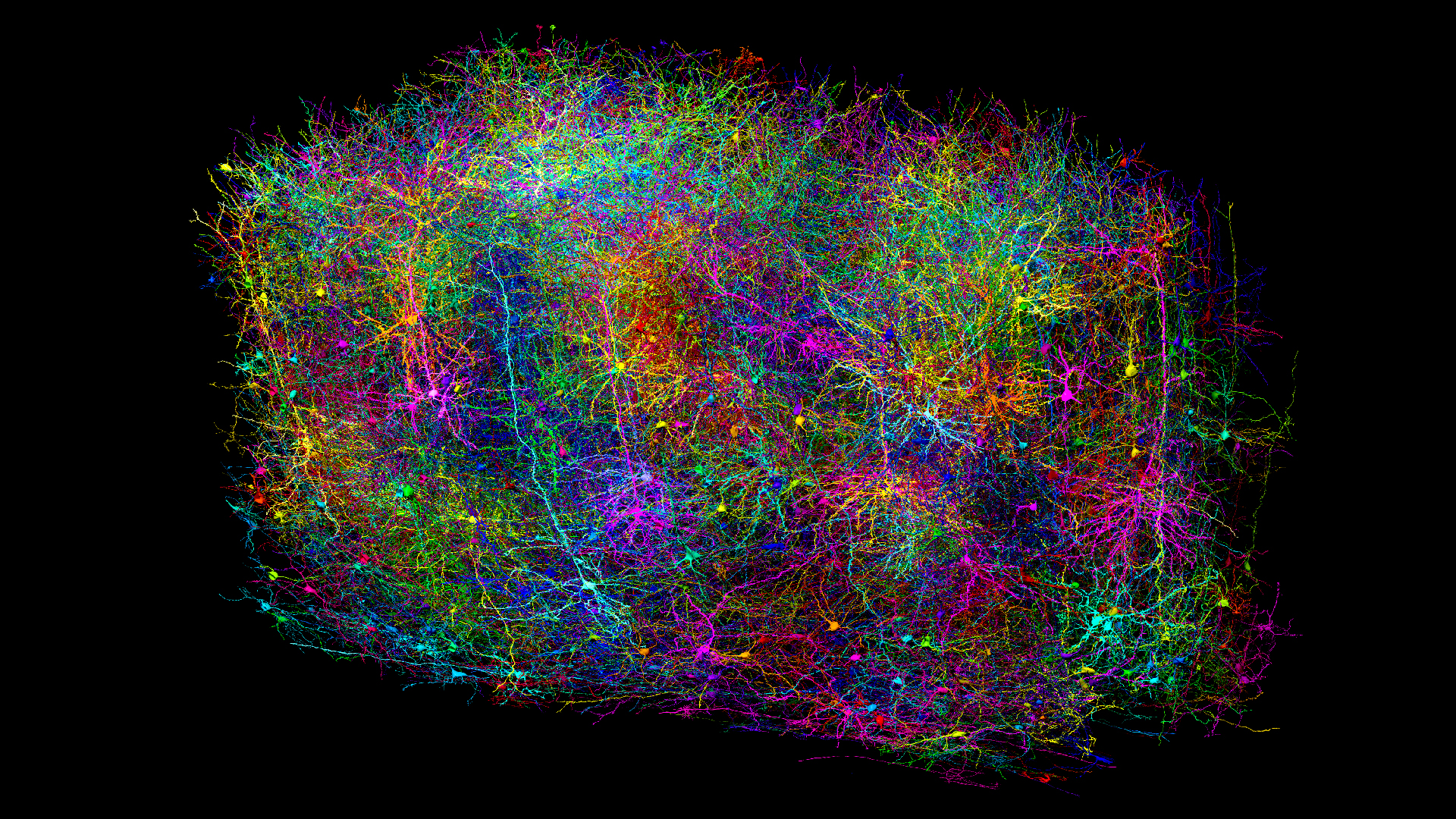Anatomy
Latest about Anatomy
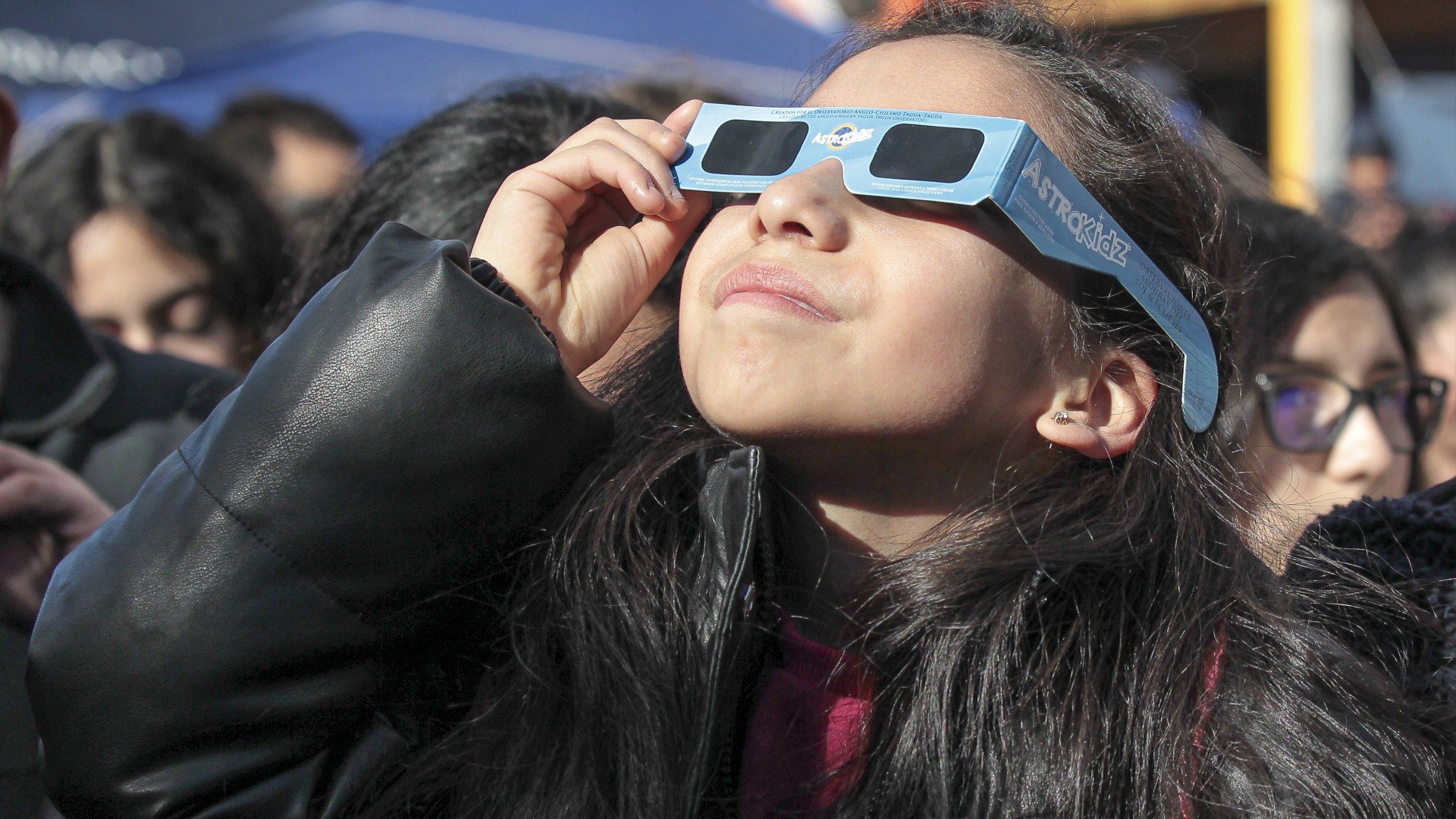
Staring at the March 29 solar eclipse can cause eye damage in seconds — and you won’t even feel it happening
By Emily Cooke published
Experts explain damage that can happen to your eyes if you stare at the partial eclipse without using adequate protection.
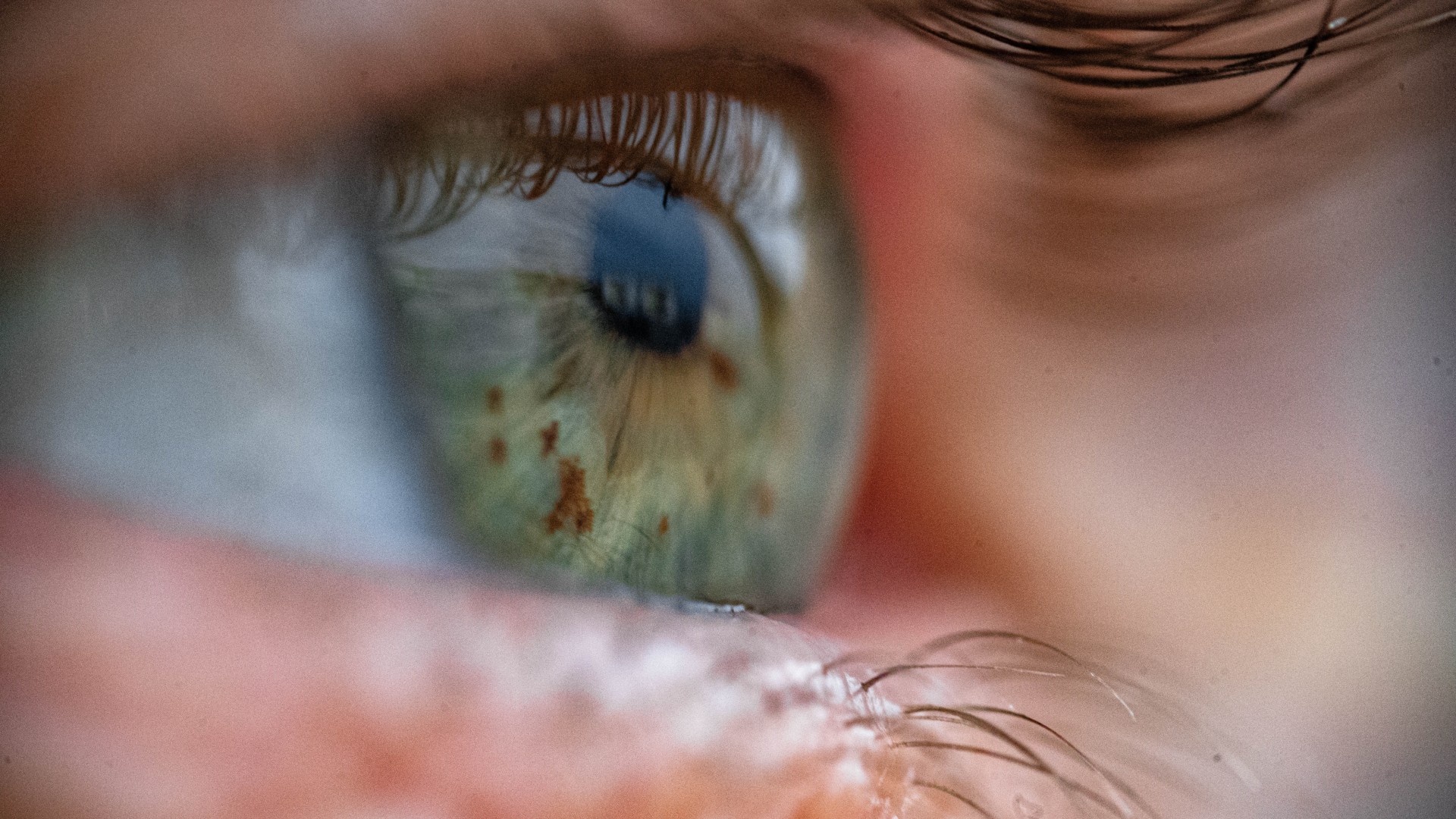
New cells discovered in eye could help restore vision, scientists say
By Emily Cooke published
A new study suggests that never-seen-before stem cells in the human retina can restore vision in mice with a common eye disorder. But more work is needed to translate the treatment to people.
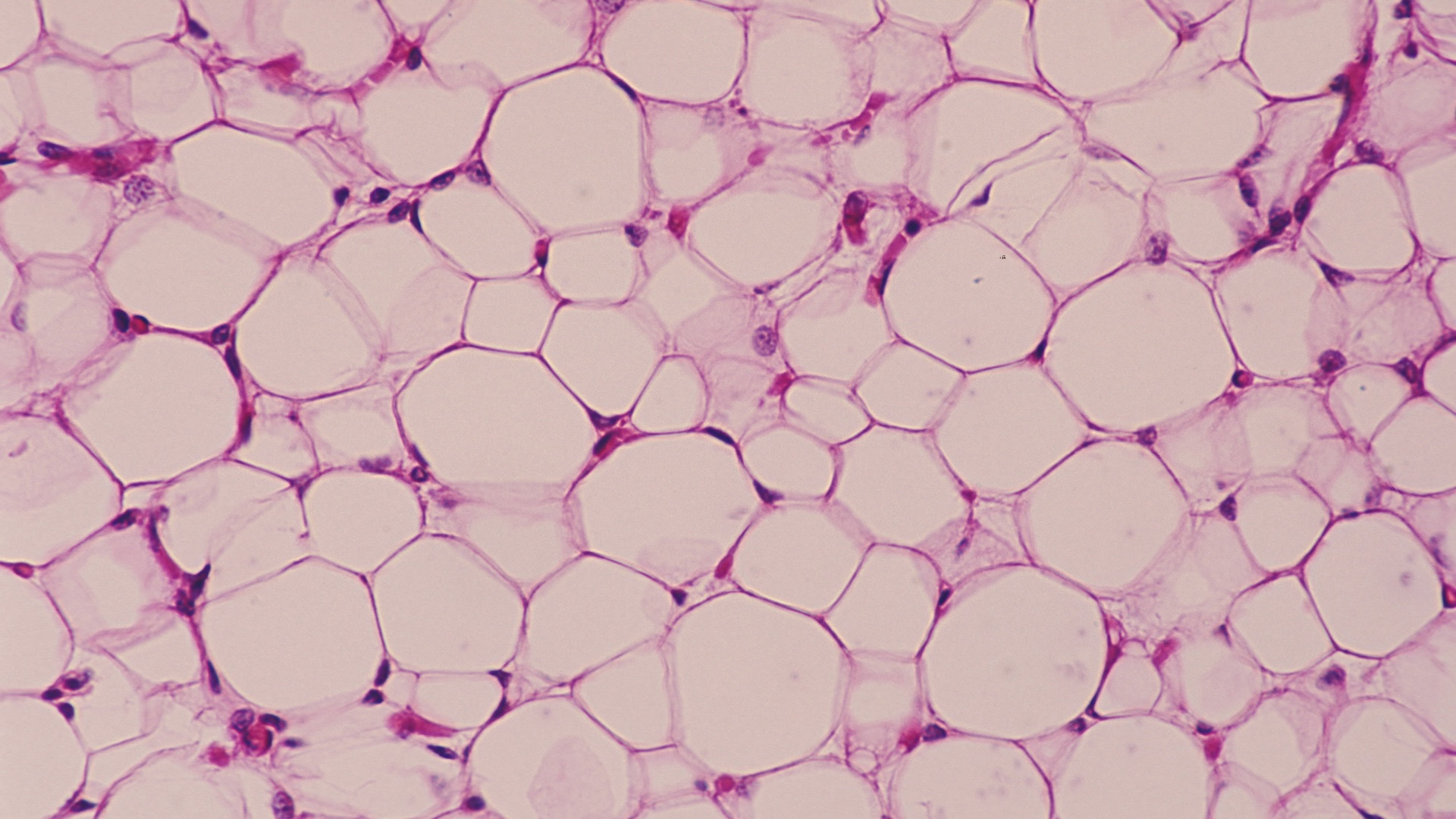
Scientists describe new type of fat in human bellies
By Marianne Guenot published
Scientists have pinpointed and described unusual subtypes of fat cells that may help scientists explain why gut fat is linked to poor health. The research could open up new avenues for medical treatments.
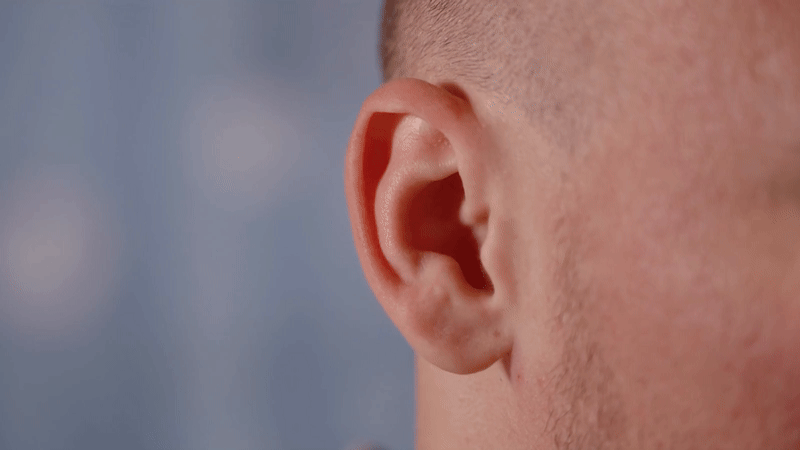
'Vestigial' human ear-wiggling muscle actually flexes when we're straining to hear
By Clarissa Brincat published
A mechanism that activates specific muscles in our ears is a leftover from our evolutionary past, back when our ancestors depended more on their hearing for survival.
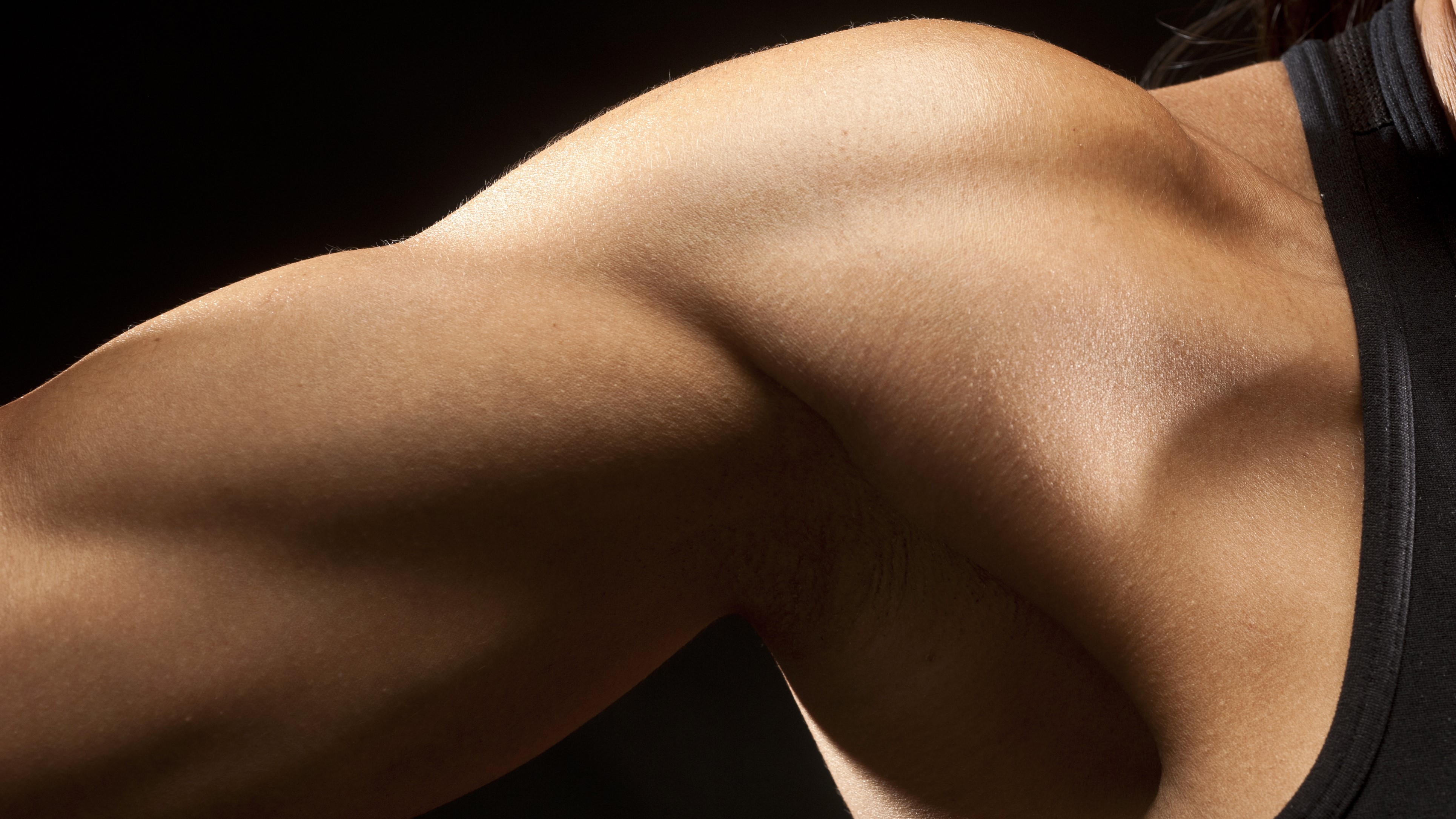
How many more calories does muscle burn than fat?
By Kamal Nahas published
There's an idea that larger muscles burn a lot more energy while at rest. But is that true?
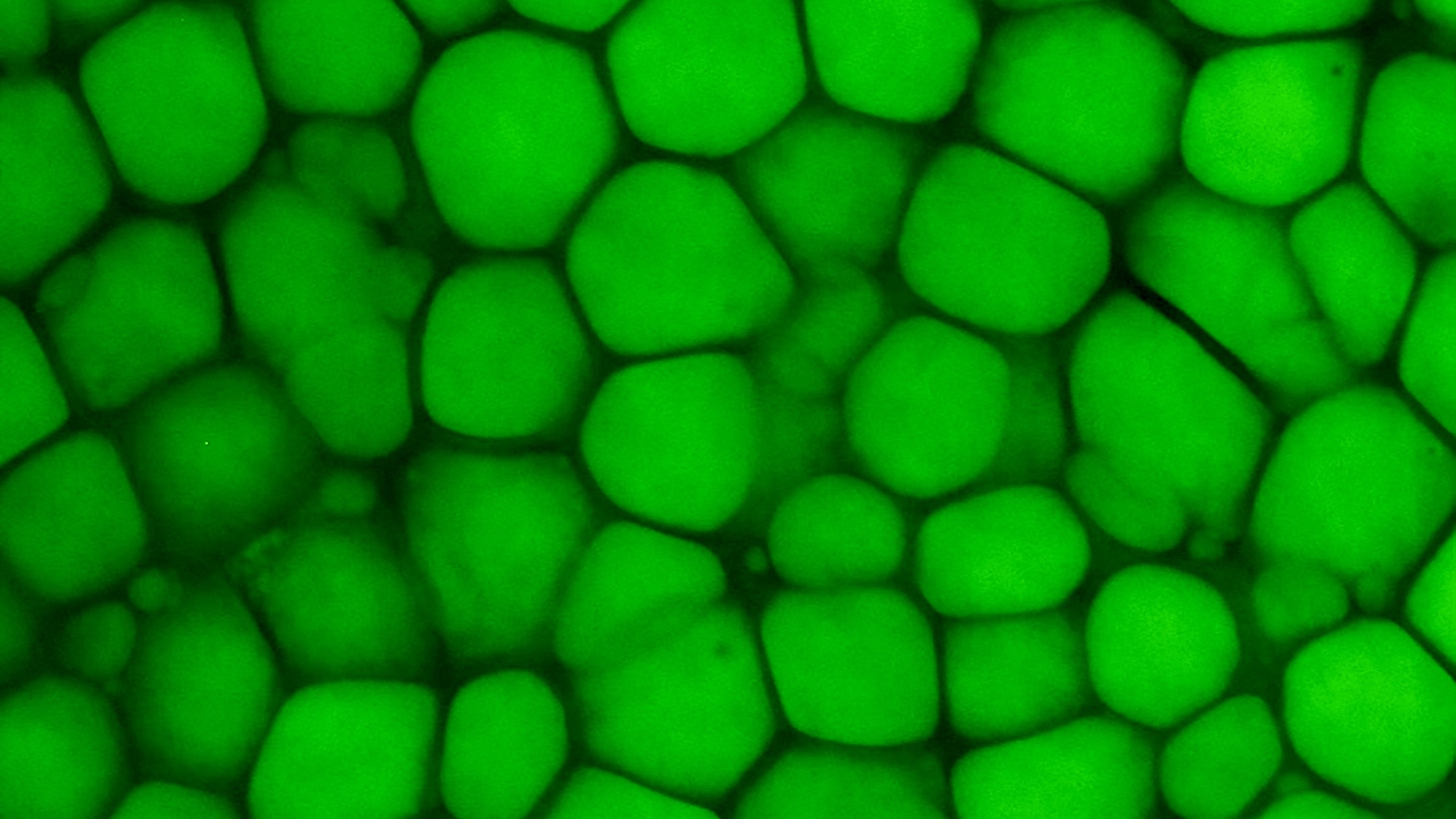
Scientists discover new kind of cartilage that looks like fat-filled 'Bubble Wrap'
By Nicoletta Lanese published
A new study describes a type of cartilage that may have been discovered, forgotten and found again at several points in history.

Astronauts to grow livers in space, where microgravity might help them thrive
By Stephanie Pappas published
Researchers think that microgravity could help grow liver "organoids" that could be used in medical research and even in transplant surgeries, someday.
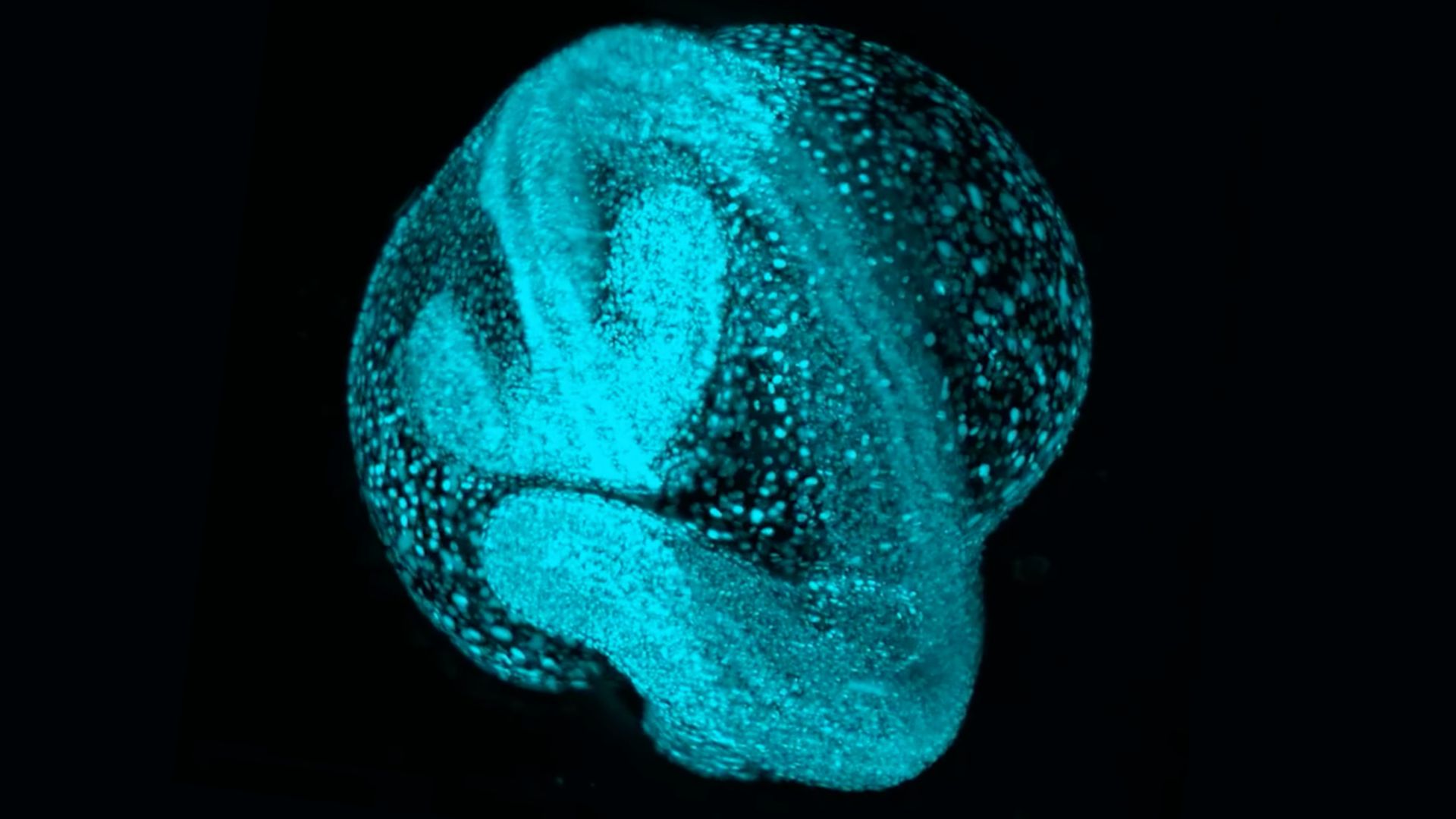
Scientists launch amazing 'atlas' of embryos, showing how cells move and develop through time
By Nicoletta Lanese published
"Zebrahub" is an atlas of cells in developing zebrafish embryos, and scientists say it will help us learn about our own biology, too.
Sign up for the Live Science daily newsletter now
Get the world’s most fascinating discoveries delivered straight to your inbox.
